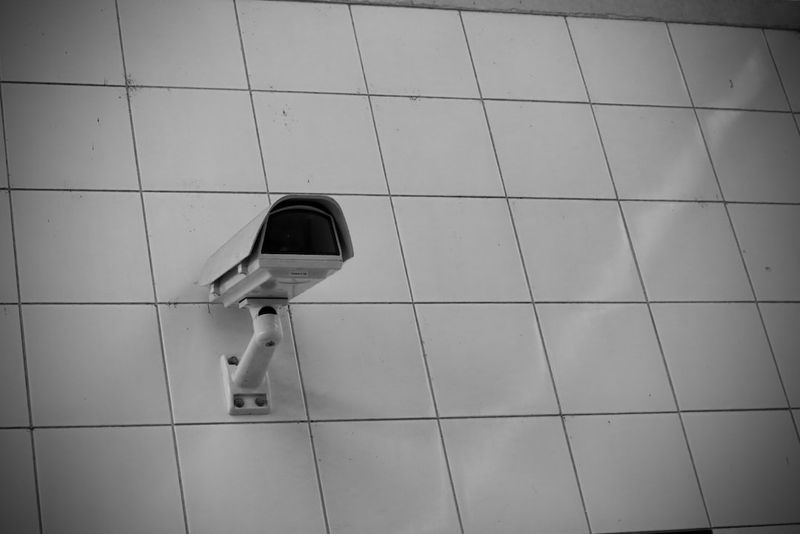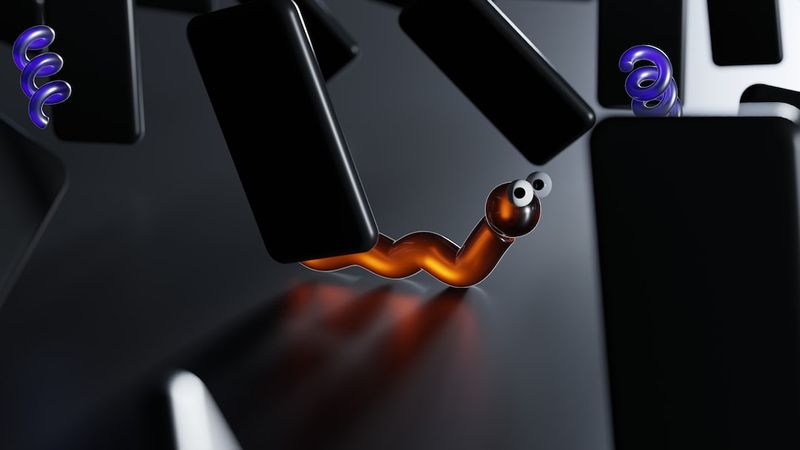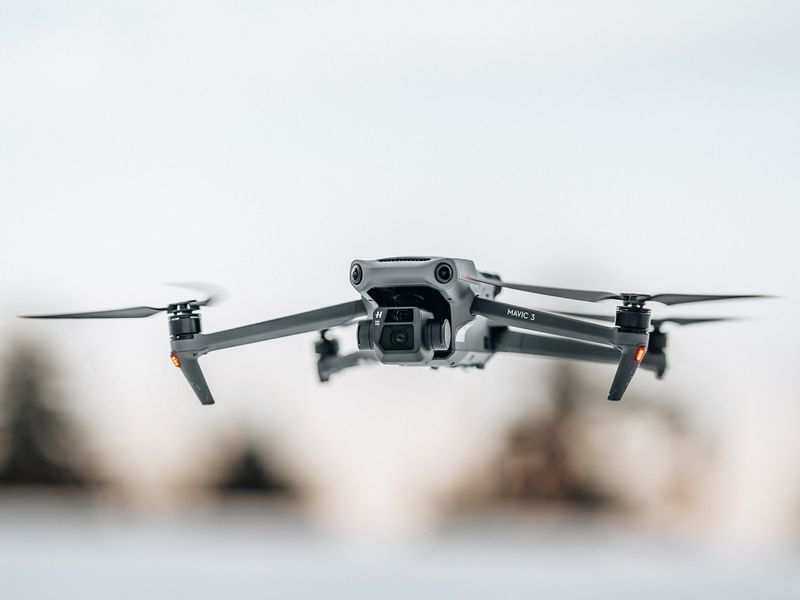The recent leak of Pentagon documents that suggest China is developing sophisticated cyber attacks aimed at military communication satellites is alarming and raises serious security concerns. While it is unconfirmed, the possibility cannot be discounted given the significant advances made by China in space technology, adding to the growing list of countries that have considered ways to protect themselves from signal interference.
Space communication satellites play a vital role in almost every aspect of daily life, including financial transactions, navigation, weather prediction, internet services, and communication in remote locations. The military benefits of satellites include immediate communication, early warning systems, and tracking, making it essential for the military to maintain its uninterrupted access to satellite communication.
The Chinese space program has been advancing at a faster rate compared to any other country in the world. China conducted just over 200 launches in the decade between 2010 and 2019, and in 2022, it set a new record with 53 rocket launches in a single year with an incredible 100% success rate. As a result, the Chinese National Space Administration has become a major player in global space activity and developed a considerable amount of experience with satellite communication.
The leaked document suggests that China is searching for the ability to “seize control of a satellite, rendering it ineffective to support communications, weapons, or intelligence, surveillance, and reconnaissance systems.” The US and other nations might also be developing such capabilities. Satellites orbit the planet at a range of altitudes, with geostationary satellites about 36,000km up, comprising six times the radius of the earth.
Physical satellite capture or taking over satellites has been considered a daunting task, although the concept has been featured famously in films. In contrast, the practical challenges of capturing a fully working and operating satellite are far greater. However, there are ways to disrupt and even control satellite communication.
There are three primary ways to disrupt satellite communication, including saturation, jamming, and command sending. Saturation is the easiest approach, where radio or microwave frequencies are bombarded—high-power signals divert communication signals from reaching the satellite or ground control station in jamming. Command sending is the most challenging of these methods, requiring knowing an encryption key and correct commands, syntax, and technical understanding of the launch systems and companies involved.
When a satellite loses communication, we refer to it as a zombie satellite. It cannot perform any of its intended tasks and orbits with a low chance of recovery. This may occur naturally during coronal mass ejections when the sun releases large amounts of energetic charged particles that can interact with satellites and cause electrical surges, resulting in communication loss.
In conclusion, the leaked document does not give any evidence of China‘s capabilities or the US’ current progress in this field. However, the possibility of China developing ways to attack military communication satellites is indeed plausible given their significant advancements in space technology. As such, our understanding of atmospheric physics and wave propagation in the upper atmosphere will likely increase as this becomes more critical. Therefore, it is crucial that nations, particularly those with military operations, enhance their satellite defense technologies to mitigate the risks of cyber-attacks on satellites.

<< photo by ThisisEngineering RAEng >>
You might want to read !
- “Former Executive Alleges Beijing Accesses TikTok’s User Data in Lawsuit”
- Microsoft Azure API Management Service Exposed to 3 Critical Security Flaws: Researchers Warn
- “Meta Strikes Back: Foils Cyber-Attack Using ChatGPT as Bait to Siphon Accounts”
- The Crucial Role of Attack Surface Management in Continuous Threat Exposure Management
- “Progress Made in Ransomware Fight as Joint Efforts Produce Results”
- Dark Reading Hosts Industry Experts to Discuss Emerging Security Trends at RSAC 2023 News Desk.




